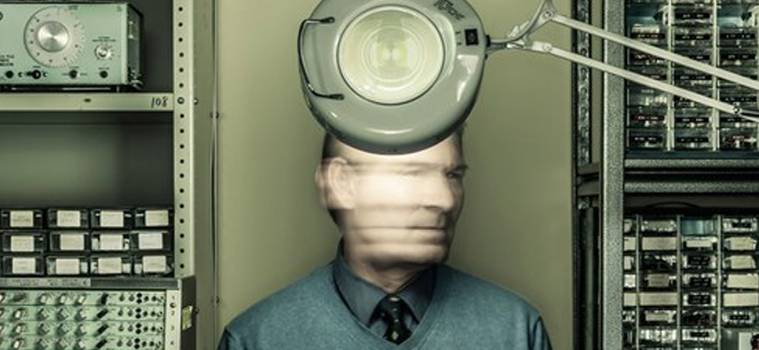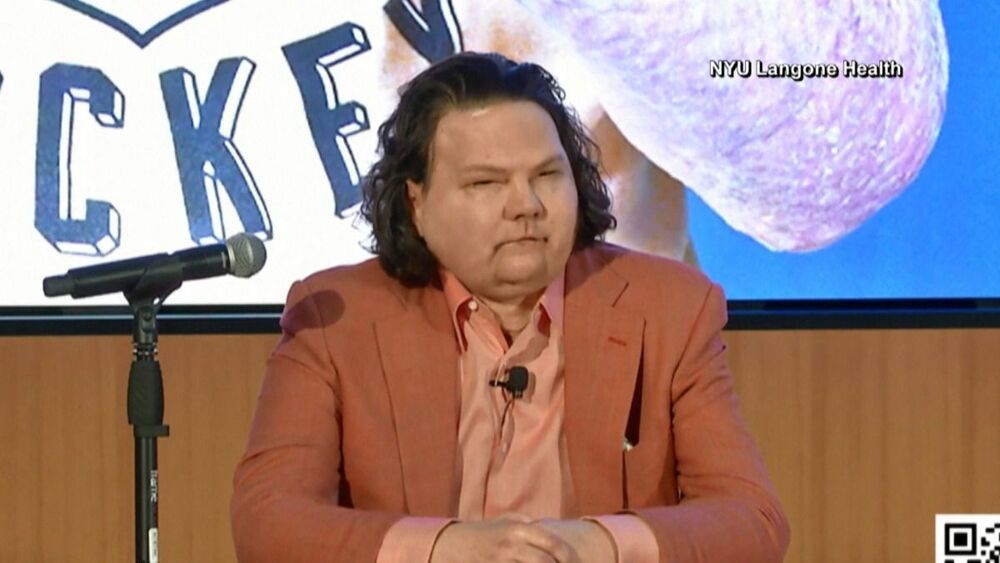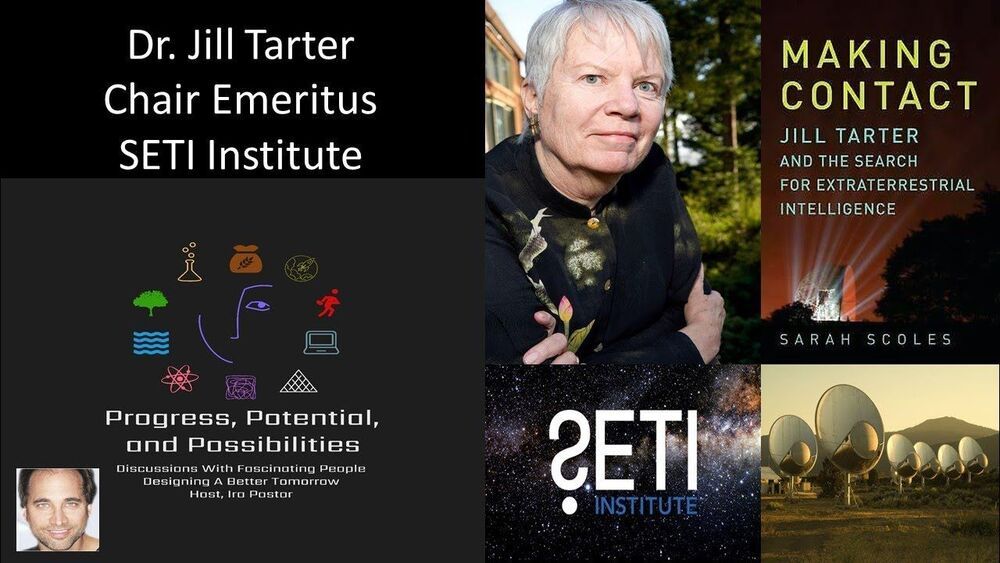Revealed at the Future Investment Initiative in Riyad, the inflatable, environmentally controlled plant cultivation pod is intended to sustain flora beyond the earth’s surface.
“A hacker, who authorities believe to be the same one from the initial breach, took control of the computer and changed the acceptable level of sodium hydroxide — better known as lye, the main ingredient in many household drain cleaners — from 100 parts per million to 11100 parts per million. A water plant operator noticed immediately and corrected the change, Gualtieri said, adding that if the operator had missed it and the change didn’t trigger some of the plant’s alarms, the lye could have seeped into the water supply in 24 to 36 hours.”
A hacker broke into a Florida water treatment plant and ordered it to increase the amount of lye to extremely dangerous levels, officials said.
The Father Of The Cyborgs
Posted in biotech/medical, computing, cyborgs, neuroscience
“A famous neurologist Phil Kennedy made global headlines in the late 1990s for implanting wire electrodes in the brain of a ‘locked-in patient’ to control a computer cursor with their mind. Compared to Alexander Graham Bell in The Washington Post, Kennedy became known as ‘The Father of the Cyborgs’. Travelling to South America in 2014, he made further headlines when tiny electrodes were implanted inside his brain in order to continue his research. This film examines the ethical quandaries of self-experimentation and a future where technology and human brains combine.”
Screen Ireland/Fís Éireann is the development agency for the Irish Film Industry investing in talent, creativity and enterprise.
By blocking a receptor in macrophages, researchers were able to reverse aging in mice.
There are many suggested causes of old age. Telomere shortening, DNA damage, and depletion of stem cells are just a few of the proposed sources.
Recently, researchers found that a type of cell called a macrophage also plays a crucial role in aging. Macrophages are phagocytotic immune cells; they consume cells and other pathogens flagged by the immune system as dangerous. When macrophages need to consume a pathogen, their energy needs drastically go up.
Remember in biology when you were told that the mitochondria was the “powerhouse of the cell?” Cells produce energy through two main ways: glycolysis and oxidative phosphorylation. Both of these processes work inside the mitochondria by converting glucose into ATP, a molecule that acts cell’s “currency” on energy. Glycolysis converts glucose to ATP by degrading glucose into pyruvate. This reaction triggers the production of 2 ATP per molecule of glucose, which allows the cell can then use for other biological functions. Oxidative phosphorylation, on the other hand, is far more complicated, but also yields much more ATP. In a nutshell, it strips the electrons from hydrogen molecules so it can create an electrical gradient and produce up to 38 ATP per glucose molecule. Researchers found that as macrophages age, they tend to shut down these “metabolic pathways,” as they are called.
Smart Boxes Fight Packaging Waste
Posted in futurism
😃
Hey Amazon, start taking notes! We’ve all received oversized packages with way too much packaging, but Packsize has a solution to put an end to all that extra w… See More.
The Red Planet is about to get a little crowded. Three separate missions to Mars launched by the United States, China and the United Arab Emirates (UAE) will all reach their destination this month after taking flight within just 11 days of each other in 2020.
Deep-space ventures by the UAE, US and China will arrive at Earth’s planetary neighbour this month.
22-year-old Joe DiMeo of New Jersey is the world’s first successful face and double-hand transplant.
Circa 2020
AI can read your emotional response to advertising and your facial expressions in a job interview. But if it can already do all this, what happens next? In part two of a series on emotion AI, Jennifer Strong and the team at MIT Technology Review explore the implications of how it’s used and where it’s heading in the future. This episode was reported and produced by Jennifer Strong, Karen Hao, Tate Ryan-Mosley, and Emma Cillekens. We had help from Benji Rosen. We’re edited by Michael Reilly and Gideon Lichfield.
😃 Has the battle for space begun?
Bezos isn’t the only tycoon trying to get off this planet.
Chair emeritus, SETI institute — the search for extraterrestrial intelligence.
Dr. Jill Tarter is Chair Emeritus for SETI (Search for Extraterrestrial Intelligence) Research at the SETI Institute, a not-for-profit research organization whose mission is to explore, understand, and explain the origin and nature of life in the universe, and to apply the knowledge gained to inspire and guide present and future generations.
Dr. Tarter received her Bachelor of Engineering Physics Degree with Distinction from Cornell University and her Master’s Degree and a Ph.D. in Astronomy from the University of California, Berkeley. She served as Project Scientist for NASA’s SETI program, the High Resolution Microwave Survey, and has conducted numerous observational programs at radio observatories worldwide. Since the termination of funding for NASA’s SETI program in 1993, she has served in a leadership role to secure private funding to continue the exploratory science. Currently, she serves on the management board for the Allen Telescope Array, an innovative array of 350 (when fully realized) 6-m antennas at the Hat Creek Radio Observatory, it will simultaneously survey the radio universe for known and unexpected sources of astrophysical emissions, and speed up the search for radio emissions from other distant technologies by orders of magnitude.









